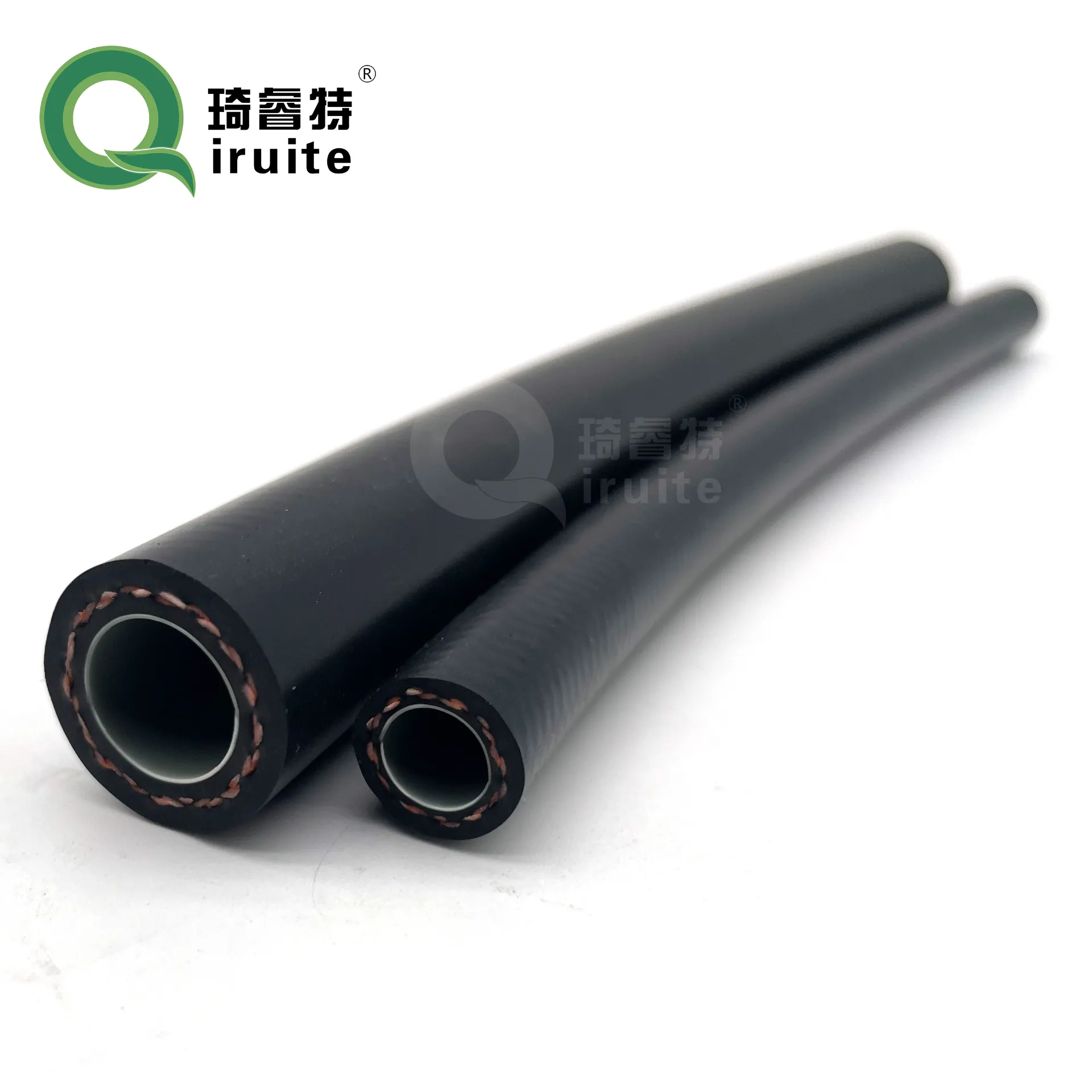pipe coupling fitting
Understanding Pipe Coupling Fittings A Comprehensive Guide
In the world of plumbing and piping systems, the importance of reliable and efficient connections cannot be understated. Pipe coupling fittings play a crucial role in ensuring that different sections of pipe are joined securely, allowing for the smooth flow of fluids and gases. In this article, we’ll delve into the various types of pipe coupling fittings, their applications, advantages, and considerations for selection, providing a comprehensive overview for engineers, plumbers, and DIY enthusiasts alike.
What are Pipe Coupling Fittings?
Pipe coupling fittings are connectors used to join two segments of pipe together. They can help create a watertight seal that prevents leaks and pressure loss, ensuring the integrity of the entire piping system. These fittings come in various materials, shapes, and sizes to accommodate different types of pipes and applications.
Types of Pipe Coupling Fittings
1. Slip Couplings Slip couplings are the simplest type of coupling, designed to slide over the ends of two pipe sections. They are particularly useful for repairing a damaged section of pipe or for joining two lengths of pipe without any additional fittings.
2. Screw and Threaded Couplings These fittings feature internal threads that allow them to screw onto the external threads of the pipes. They are commonly used in applications where frequent disassembly and reassembly are required.
3. Compression Couplings These fittings use a compression mechanism to secure the pipe ends. They are designed for soft materials like PVC or copper and are often used in situations where flexible connections are needed.
4. Welded Couplings Welded couplings are used in applications requiring permanent joints. They are typically employed with metal pipes, where the ends are heated and fused together to form a seamless connection.
5. Elbow Couplings These are a type of fitting that allows for a change in direction within a piping system. Elbow couplings can be categorized as 90-degree or 45-degree elbows, depending on the angle of the turn required.
6. Flexible Couplings These fittings allow for some movement and adjustment between two sections of pipe. They are particularly useful in seismic areas or where thermal expansion can cause pipe misalignment.
Applications of Pipe Coupling Fittings
pipe coupling fitting

Pipe coupling fittings are utilized across diverse sectors, including - Residential plumbing systems - Industrial piping systems - Oil and gas pipelines - Chemical processing plants - Water supply and irrigation systems
They can be found in applications ranging from simple water supply lines in homes to complex industrial systems for transporting hazardous materials
.Advantages of Using Pipe Coupling Fittings
1. Versatility With various types of coupling fittings available, they can cater to a wide range of pipe materials and sizes.
2. Ease of Installation Many coupling fittings are designed for quick and easy installation, saving time and labor costs.
3. Leak Prevention Properly installed couplings ensure that pipes remain sealed, minimizing the risk of leaks that can lead to costly water damage or loss of materials.
4. System Integrity By connecting pipes securely, couplings maintain the structural integrity of the piping system, allowing for consistent performance.
Considerations for Selecting Pipe Coupling Fittings
When selecting pipe coupling fittings, several factors should be taken into account
- Material Compatibility Ensure the fitting material matches the pipes being connected to prevent corrosion and chemical reactions. - Pressure Ratings Choose fittings that can withstand the operating pressure of the system. - Temperature Tolerance Consider the temperature range in which the pipes will operate to select appropriate fittings. - Installation Method Be aware of how the fittings will be installed—some may require special tools or procedures.
Conclusion
Pipe coupling fittings are essential components of any plumbing or piping system. By understanding their types, applications, advantages, and selection considerations, you can ensure the effectiveness and longevity of your piping installations. Whether for residential, industrial, or commercial use, investing in quality coupling fittings can lead to improved performance and reduced maintenance costs over time.
-
Ultimate Spiral Protection for Hoses & CablesNewsJun.26,2025
-
The Ultimate Quick-Connect Solutions for Every NeedNewsJun.26,2025
-
SAE J1401 Brake Hose: Reliable Choice for Safe BrakingNewsJun.26,2025
-
Reliable J2064 A/C Hoses for Real-World Cooling NeedsNewsJun.26,2025
-
Heavy-Duty Sewer Jetting Hoses Built to LastNewsJun.26,2025
-
Fix Power Steering Tube Leaks Fast – Durable & Affordable SolutionNewsJun.26,2025

